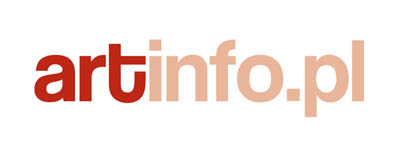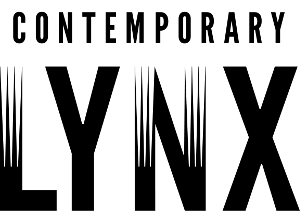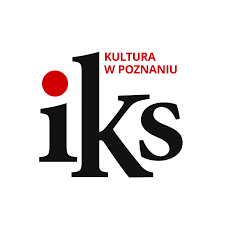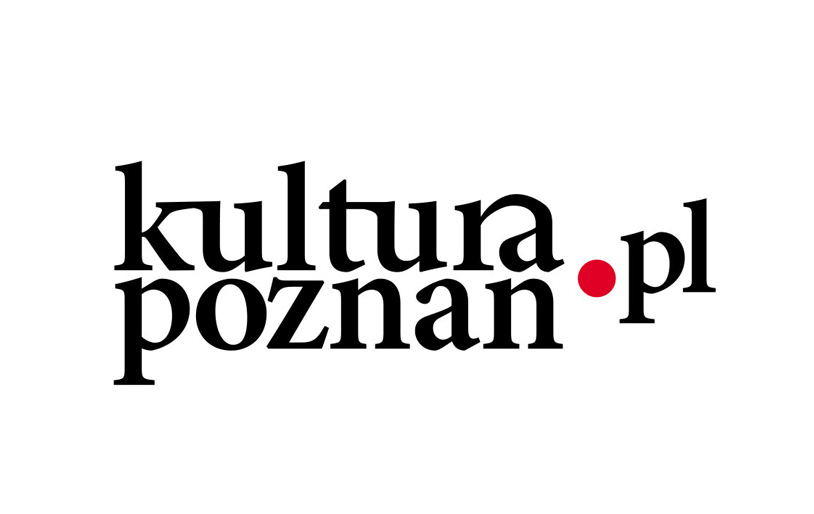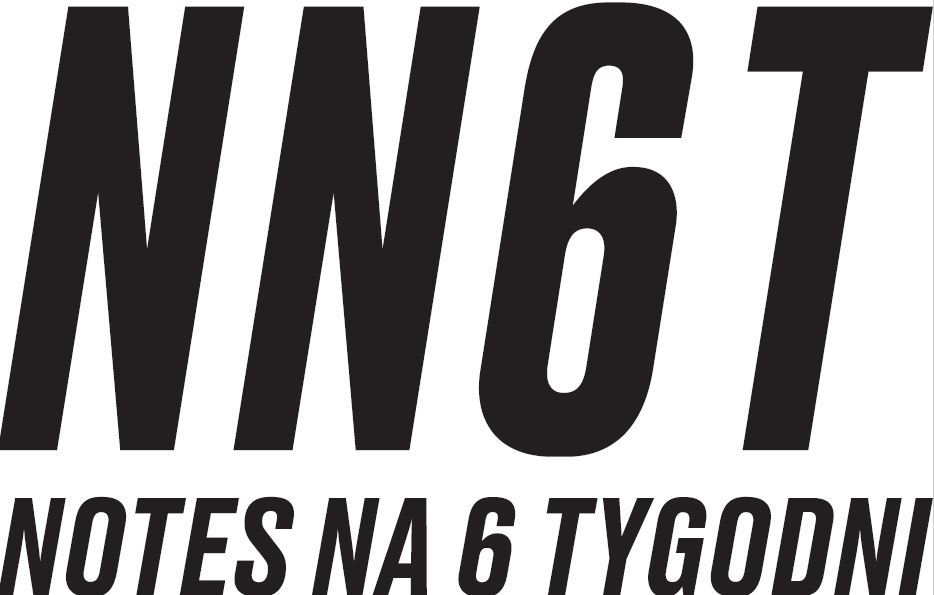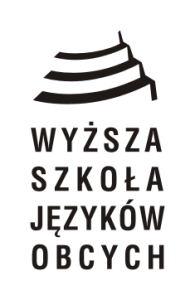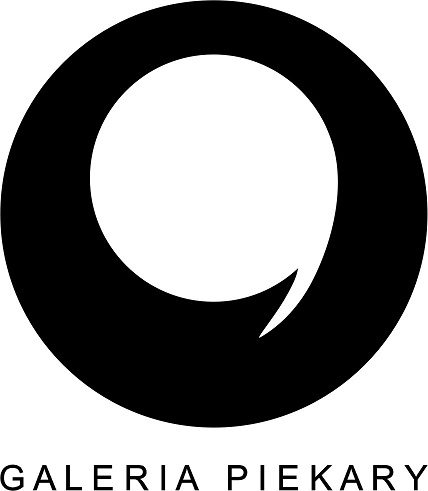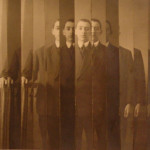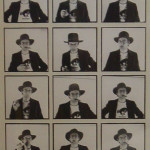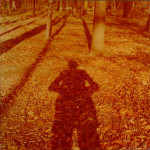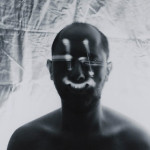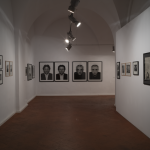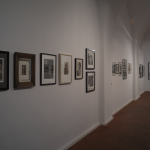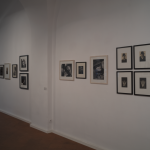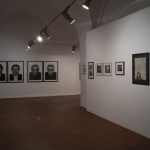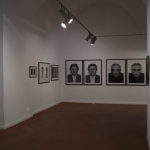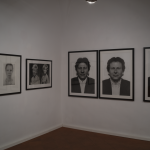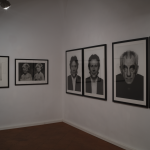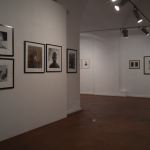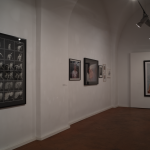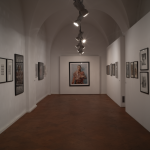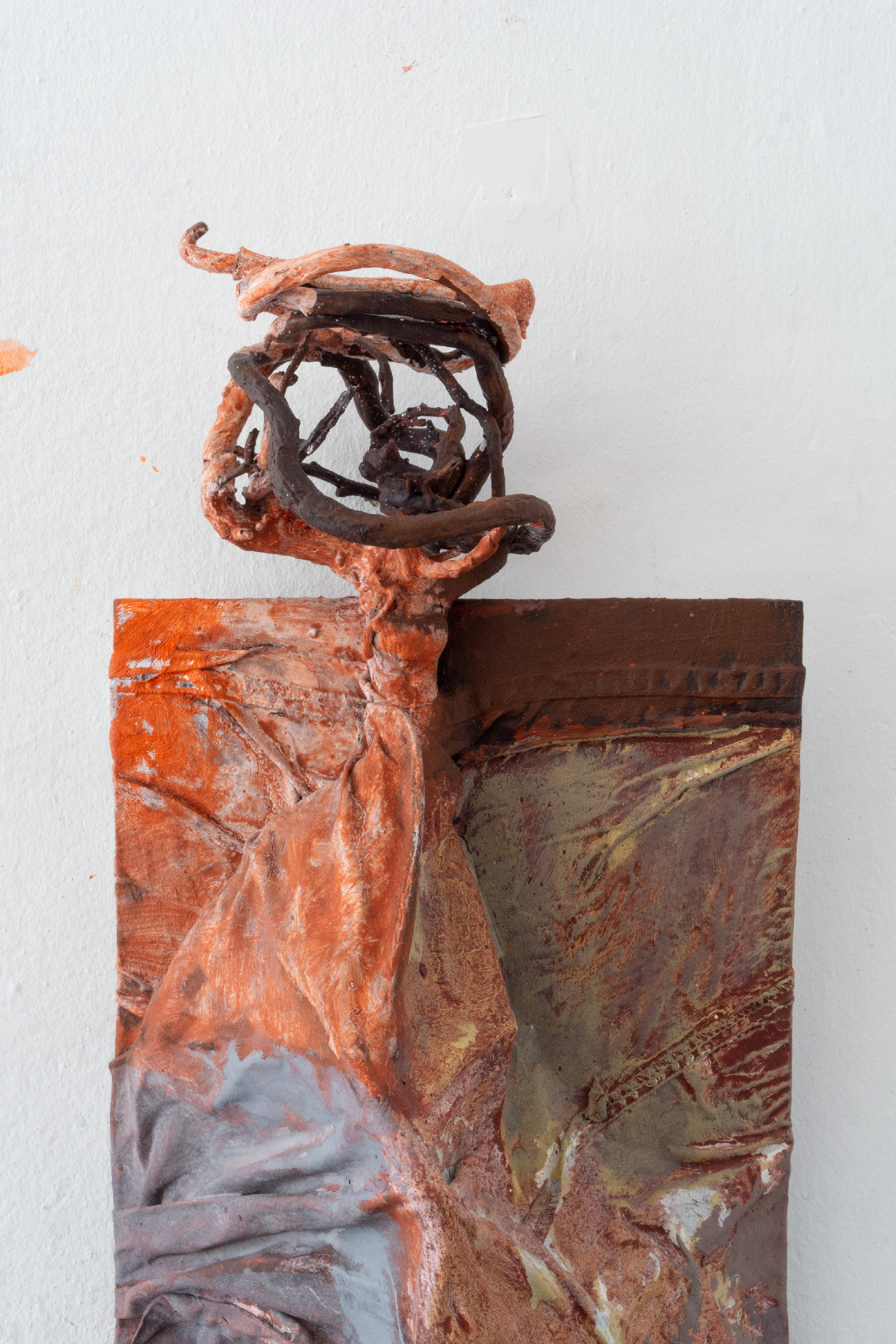opening October 14th, 2022, 7 p.m.
exhibition October 14th – December 16th, 2022
venue:
Piekary Gallery, ul. Św. Marcin 80/82, Poznań
CK Zamek, The Rose Courtyard
exhibition open Mon – Fri, from 10 a.m. to 6 p.m.
free entry
organized by:
Since the very outset, it is the human figure which has been the most common representation in art. Portraits, whether capturing the entire figure or just the bust, individual or collective, majestic and equestrian depictions of the victorious or intimate and subdued studies are the motifs with which artists engage the most. A portrait is the fruit of an encounter between the artist and the model, though it also entails public display of a specific image. The main axis and theme of the exhibition entitled Photo-Genicity, prepared by the 9/11 Art Space Foundation and the Piekary Gallery, is precisely that: the motif of the portrait (and self-portrait) in Polish and international photography. The show features works by artists such as Berenice Abbott, Zdzisław Beksiński, Jiři David, Nan Goldin, Bobby Grossman, Tibor Hajas, Damien Hirst, Zhang Huan, Konrad Kuzyszyn, Natalia LL, Andrzej Lachowicz, Jerzy Lewczyński, Nadar, Man Ray, Józef Robakowski, Thomas Ruff, Zofia Rydet, Bronisław Schlabs, Leonard Sempoliński, Andres Serrano, Zdzisław Sosnowski, Christer Strömholm, Ryszard Waśko.
As Graham Clarke asserted in The Photograph, portrait is one of the most enigmatic and problematic issues in photography. After all, it is not merely a formal representation of one’s face or entire figure, since it also constitutes a record of the relationship between photographer and the portrayed individual. At the exhibition, the viewer may find the classic solutions, such as Bronisław Schlabs’s self-portrait from 1955, ironic depictions, including Leonard Sempoliński’s series of grimaces (1930s) and Zdzisław Sosnowski’s pop-art likenesses of the Goalkeeper (1975), or see it as a visual metaphor for transcultural experience in Zhang Huan (1/2 Meat and Text, 1998).
In the latter half of the 20th century, the camera became a widely available tool, which brought about irreversible changes in art and seeing. Photography saw the emergence of an analytical approach to reality, whereby the creative process itself was brought to the fore. The conceptual de-objectification of the work of art and the conviction that photography mediates interaction with reality gave rise to a new form which subverted the previous rules. Thus, among the works displayed here, the analytical experiments of Ryszard Waśko (The Cut-Up Portrait, 49 Repetitions from 7 Frames, 1971) deserve special attention.
Photography has also been conceived as a means of preserving one’s image for the generations to come. At some point, the so-called “post mortem” photography enjoyed quite a popularity (which, in the case of our culture circle, drew on coffin portraits). Consequently, the exhibition hosted by the 9/11 Art Space Foundation also includes an example of this type of portraiture, namely the post-mortem portrait of Victor Hugo by one of the fathers of photography, Nadar.
One of the most classical portrait conventions is to capture a person in a manner that reflects the social role they play and the circumstances in which they function. Most often, the model is depicted against the backdrop of props which identify their function and social standing, interests or character. A Polish example of this approach may be seen in the works created by Zofia Rydet (1911-1997) in the series Sociological Record.
Project co-financed by the Wielkopolska Region and the City of Poznań


media patrons:
